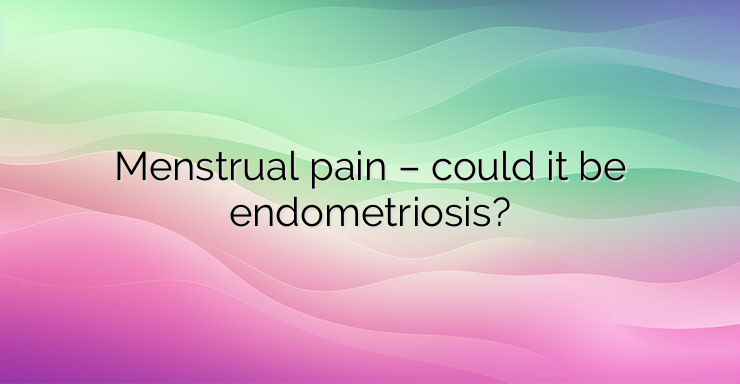No woman looks forward to “that time of the month.” Most deal with mood swings, bloating and cramps, which are never fun. But women with endometriosis often find menstruation particularly unbearable. During a typical menstrual cycle, the lining inside the uterus—the endometrium—builds up and then sheds. And well, you know what happens then. In women with endometriosis, this lining grows outside the uterus, usually around the ovaries or in an area below the uterus. As it builds up and breaks down, it causes small amounts of bleeding inside the pelvis. This leads to pain, inflammation, swelling and fibrosis. Endometriosis is a condition that affects hundreds of thousands of women each year. Endometriosis is a condition that causes the tissue that normally lines the inside of the uterus to grow outside the uterus, leading to painful periods and a shorter period of time between cycles. In many cases, endometriosis can also cause excessive menstrual bleeding. Women with endometriosis experience menstrual pain when the tissue meant to cover the uterus gets caught outside, sticking to the ovaries and leading to cysts called endometriomas. This pain often begins before a normal period and may be accompanied by lower back pain. Many doctors prescribe birth control medication to patients to minimize discomfort. Endometriosis can also affect the length of the menstrual cycle in some women, as well as how long the bleeding lasts. Because their body has more tissue to shed, their menstrual periods may last longer. These women also experience bleeding and pain during ovulation. There are five common signs of endometriosis. Here’s what to watch out for: Painful menstruation. Most of us experience cramping during our periods, but women with endometriosis often experience debilitating pain. Chronic pelvic pain. Sometimes women have chronic and severe pelvic pain even when they are not menstruating. This may be due to prolonged disease and the formation of fibrous areas. Painful intercourse. This common symptom, also known as dyspareunia, is caused by endometriosis under the uterus. During penetration, women may experience intense localized pain. Ovarian cysts. These cysts, known as endometriomas, are another hallmark of endometriosis. They can become large and painful and often need to be removed. Infertility. Infertility is defined as failure to conceive within one year despite regular intercourse without contraception. About 10 percent of women suffering from infertility have endometriosis. It is the leading cause of infertility, which can cause damage and inflammation of the fallopian tubes, which are necessary for natural conception. Research shows that endometriosis can affect egg quality and reduce the number of eggs in the body.Endometriosis is often confused with irritable bowel syndrome, and knowing the symptoms that differentiate the two is critical. In endometriosis, the severity of pain does not always indicate the severity of the condition. Bibliography: Period Pain: Could It Be Endometriosis? | Johns Hopkins Medicine How Does Endometriosis Affect My Menstrual Cycle? | National Women’s Health Network (nwhn.org)


Leave a Reply